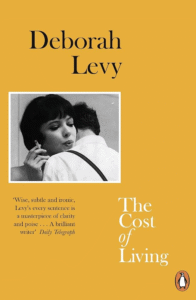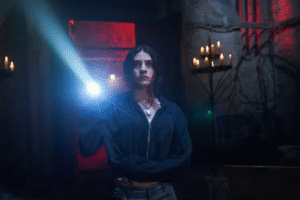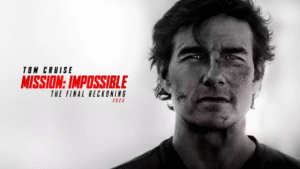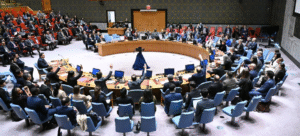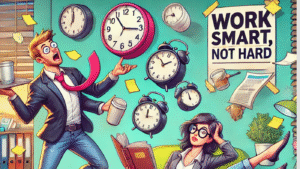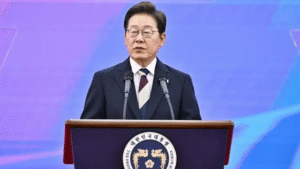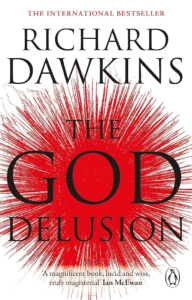The Whispering Wires: Deconstructing the Illusion of Control
The human experience is fundamentally intertwined with the perception of agency. We navigate our lives believing we are the architects of our decisions, the captains of our souls charting a course through the vast ocean of possibilities. Yet, a closer examination reveals a more complex and perhaps unsettling truth: the extent to which our choices are truly our own is a question fraught with ambiguity. To what degree are we autonomous agents, and to what extent are we sophisticated puppets, subtly manipulated by the invisible strings of external forces and the deep-seated currents of our subconscious biases? The answer, it seems, lies in a nuanced understanding of the interplay between our conscious will and the myriad influences that shape our thoughts and actions, suggesting that the feeling of complete control may be a compelling, yet ultimately, elegant illusion.
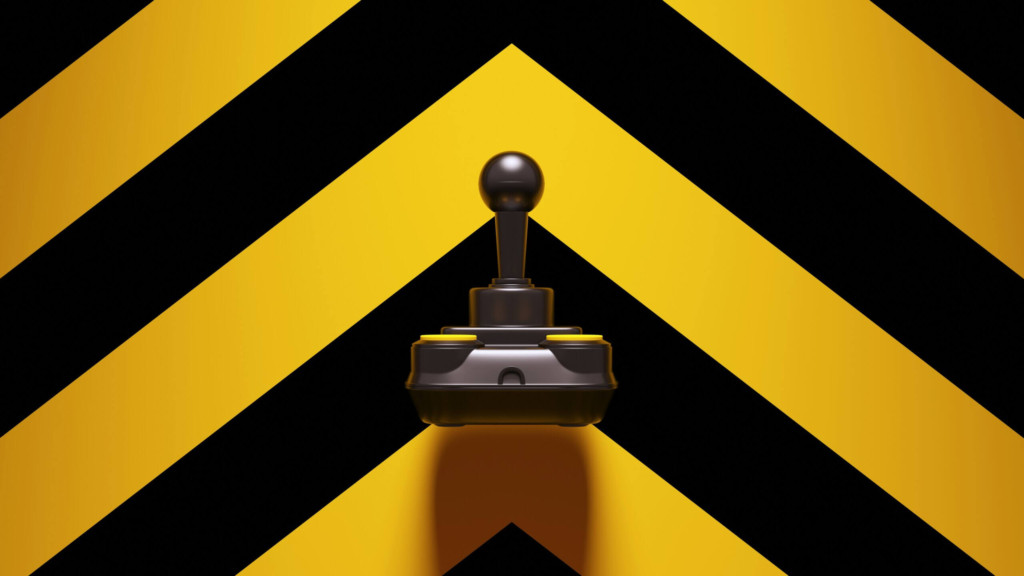
The Shaping Power of External Forces
One of the most significant challenges to the notion of absolute free will comes from the realm of external forces. Society, with its intricate web of norms, laws, and cultural expectations, exerts a powerful influence on the choices we deem acceptable, desirable, and even possible. From the moment we are born, we are immersed in a system that subtly, and sometimes overtly, guides our behavior. Education instills specific values and knowledge frameworks, media shapes our desires and perceptions of reality, and economic structures constrain the range of opportunities available to us. The career paths we pursue, the relationships we form, even the clothes we wear are often influenced, consciously or unconsciously, by the societal currents we inhabit. To believe that our choices exist in a vacuum, untouched by these pervasive external pressures, is to ignore the very fabric of our social existence.
The Unseen Architects: Cognitive Biases
Furthermore, the burgeoning field of behavioral economics has illuminated the pervasive influence of cognitive biases on our decision-making processes. These subconscious mental shortcuts, while often efficient, can lead to systematic errors in judgment, steering us towards choices that are not necessarily rational or in our best interests. Anchoring bias, for instance, can fixate our decisions on initial pieces of information, regardless of their relevance. Confirmation bias leads us to seek out information that confirms our pre-existing beliefs, blinding us to contradictory evidence. Loss aversion makes the pain of a potential loss feel more significant than the pleasure of an equivalent gain, often leading to risk-averse choices. These biases, operating beneath the surface of our conscious awareness, act as invisible architects, shaping our preferences and ultimately influencing the “free” choices we believe we are making.
The Deep Currents of the Subconscious
The power of the subconscious extends beyond cognitive biases to encompass a vast landscape of ingrained beliefs, past experiences, and emotional responses. Our upbringing, traumatic events, and even seemingly insignificant childhood experiences can leave indelible marks on our neural pathways, shaping our automatic reactions and influencing our inclinations. A person with a history of betrayal in relationships might subconsciously sabotage new connections, even if they consciously desire intimacy. An individual raised in an environment of scarcity might exhibit hoarding tendencies, regardless of their current financial situation. These deep-seated subconscious influences often operate outside the realm of our immediate control, yet they profoundly impact the decisions we make, often feeling like intrinsic desires rather than learned responses.
The Glimmer of Agency: Conscious Deliberation
However, to paint a picture of complete determinism would be to negate the very human experience of conscious deliberation and the subjective feeling of making choices. While external forces and subconscious biases undoubtedly exert a powerful influence, they do not entirely negate the possibility of agency. Our capacity for reflection, for critical thinking, and for consciously evaluating different options allows us to, at times, override ingrained patterns and external pressures. The struggle to break free from societal expectations, the effort to recognize and mitigate our cognitive biases, and the journey of self-awareness aimed at understanding our subconscious drivers all point towards a degree of conscious control, albeit one that is often hard-won and limited.
Navigating the Illusion: Towards Greater Self-Awareness
In conclusion, the question of whether our choices are truly our own is not a simple dichotomy. We are neither entirely free agents nor mere automatons. Instead, our decision-making process exists within a complex interplay of conscious will, external influences, and subconscious biases. The feeling of complete control, while a cornerstone of our subjective experience, is likely an illusion, albeit a necessary one that underpins our sense of responsibility and selfhood. Recognizing the powerful forces that shape our choices, both visible and invisible, is not an exercise in futility but rather a crucial step towards greater self-awareness and a more nuanced understanding of the intricate tapestry of human agency. By acknowledging the whispering wires that subtly guide our actions, we can strive to become more conscious participants in the creation of our own narratives, even if the extent of our ultimate control remains a profound and enduring mystery.

